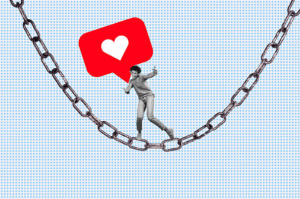
Love Addiction: What Are The Causes
Last Post’s Recap:In my last post, I wrote about love addiction, that intoxicating high of “falling in love,” the obsession with the chase, and the endless hunt for “the one.” Love addicts often put their partner on a pedestal, revolving their entire world around them, while neglecting work, friends, and


